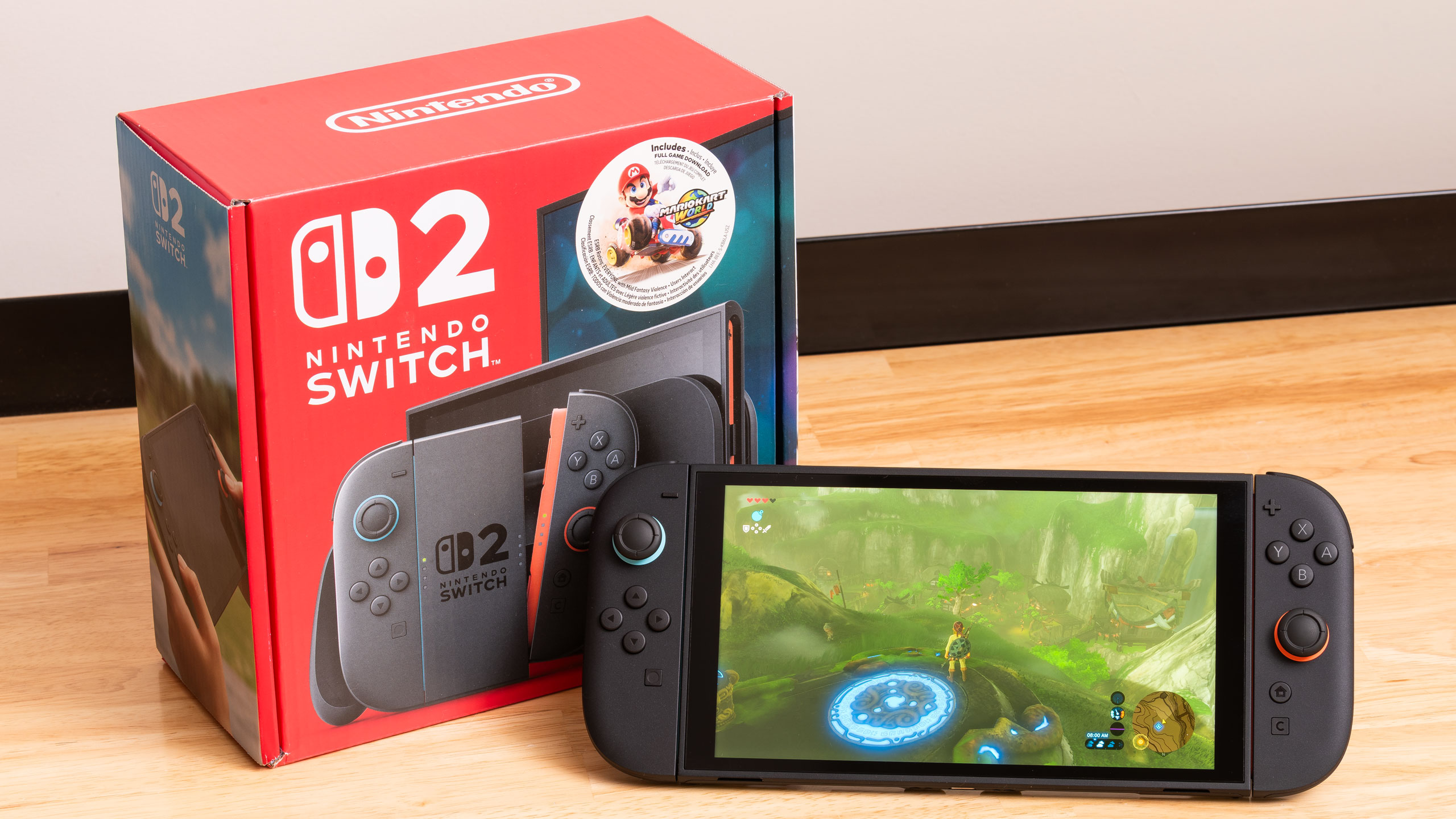Nintendo Switch 2: Early Bans for Mig Flash Users
The Nintendo Switch 2 has barely hit the shelves, and already, a storm is brewing. Reports are flooding in about consoles being banned from online services, just 12 days after launch. The culprit? The Mig Flash, a popular cartridge that lets users play Nintendo Switch 1 games on the new console. While some users claim they’re only using their own game ROMs, Nintendo isn’t taking any chances.
This situation raises important questions about console security, user rights, and the lengths to which Nintendo will go to protect its intellectual property. As FYM News, we aim to provide you with a comprehensive overview of this developing story, offering insights and analysis to help you understand the implications for the future of console gaming.
In this article, we’ll delve into:
- The specifics of the Nintendo Switch 2 ban wave.
- The functionality of the Mig Flash cartridge.
- Nintendo’s stance on unauthorized hardware and software.
- User perspectives and potential repercussions.
What is Mig Flash?
The Mig Flash, previously known as MIG Switch, is a reprogrammable cartridge designed to mimic official Nintendo Switch game cards. It allows users to store multiple game ROMs (essentially, digital copies of games) on a microSD card and conveniently switch between them. This functionality is achieved through firmware updates that bypass the security checks Nintendo introduced with the Switch 2.
According to a Tom’s Hardware report, the MIG Flash allows Nintendo Switch 1 ROMs to run on Switch 2 hardware. This capability circumvents Nintendo’s security measures, triggering the company’s anti-piracy protocols.
The primary function of the MIG Switch is to enable users to have multiple game copies on one cartridge, making it convenient to switch between them using a button. However, this convenience comes with risks, as it opens the door to potential copyright infringement and unauthorized use of game software.
Nintendo’s Swift Response: The Ban Wave
User reports on platforms like X (formerly Twitter) and Reddit indicate that Nintendo is actively banning Switch 2 consoles detected using the MIG Flash. Banned consoles are barred from accessing Nintendo’s online services, effectively cutting off features like online multiplayer, the eShop, cloud saves, and more.
Nintendo’s updated EULA grants them the right to disable consoles that have undergone unauthorized hardware or software modifications. This stance is a clear warning against using unofficial accessories like the MIG Flash.
The ROM Debate: Legitimate Backups or Piracy?
The core of the issue lies in the use of ROMs. While some users argue they are only using legally obtained backups of games they own, Nintendo’s anti-piracy measures can’t always distinguish between legitimate and illegitimate ROMs. This has led to widespread reports of users being banned even when using what they claim are their own dumped game ROMs.
Nintendo’s anti-piracy measures often rely on unique cartridge identifiers. If multiple users attempt to play the same game online simultaneously using a single copy, it raises a red flag. This system, while effective against piracy, can also trigger false positives, especially with used game cartridges.
The Consequences: What Does a Ban Mean for Users?
For affected users, the consequences are significant. Although their Nintendo accounts remain intact, their consoles are blocked from accessing Nintendo’s online services. This means no more Mario Kart World, no access to the eShop, and no cloud saves. While offline play is still possible, the console’s functionality is severely limited.
Considering Nintendo’s release cycle, users who upgrade once per generation and face a ban on their Switch 2 might have to forgo online services for several years, depending on when the Switch 2’s successor launches.
Nintendo’s Stance: Protecting Intellectual Property
Nintendo has a long-standing history of aggressively protecting its intellectual property. The company views unauthorized hardware and software as a direct threat to its business model. By banning consoles that use the MIG Flash, Nintendo is sending a clear message that it will not tolerate any attempts to circumvent its security measures.
Nintendo’s legal stance is supported by its EULA, which reserves the right to effectively brick your console in case of unauthorized hardware/software modifications.
Can the Bans Be Reversed?
There’s a slim chance that Nintendo may reinstate some consoles, particularly if the bans were triggered by changes introduced with the latest MIG Flash firmware rather than the use of pirated ROMs. However, given that the MIG Flash is not a Nintendo-authorized accessory, the company has no legal obligation to reverse these bans.
Contacting Nintendo Support might be a worthwhile effort, but it’s unlikely to yield positive results. While the console isn’t technically a paperweight, the loss of online services is a major compromise.
Final Thoughts: Navigating the Risks
The Nintendo Switch 2 ban wave serves as a stark reminder of the risks associated with using unauthorized hardware and software. While the MIG Flash offers a convenient way to play multiple games on a single cartridge, it comes at the cost of potentially losing access to Nintendo’s online services.
As the gaming landscape continues to evolve, it’s crucial for users to stay informed and make informed decisions about the accessories they use. Weigh the convenience against the potential consequences, and always be aware of Nintendo’s terms of service.
For FYM News, I’m [Your Name]. Stay tuned for more updates on this developing story and other news from the world of gaming.

Leave a Reply